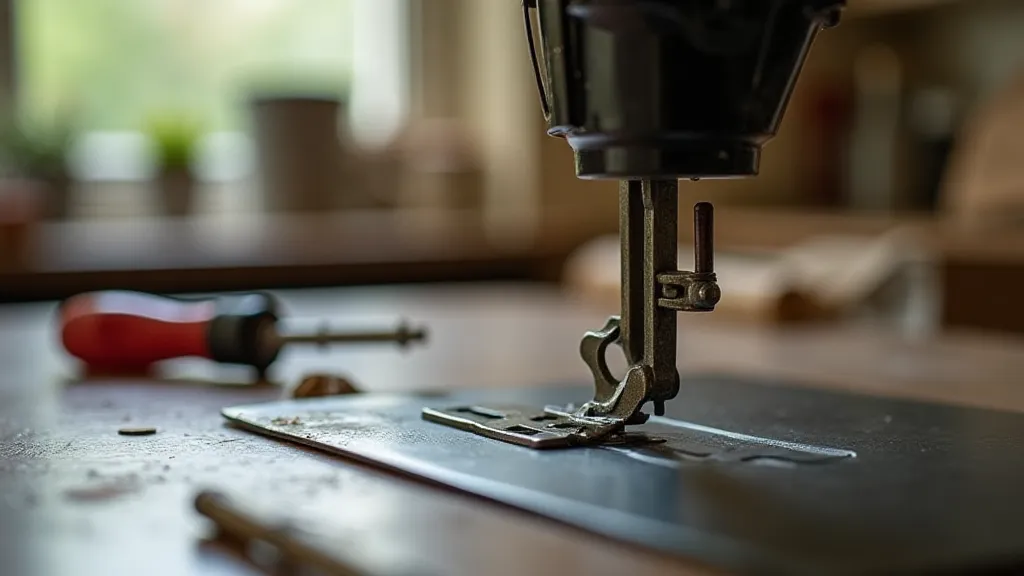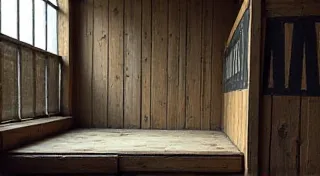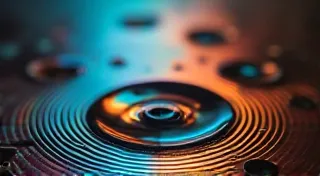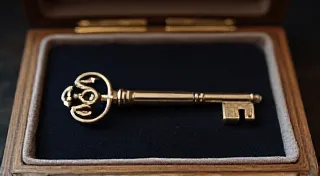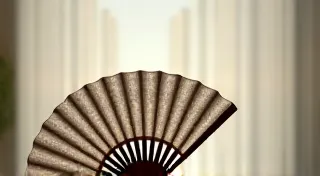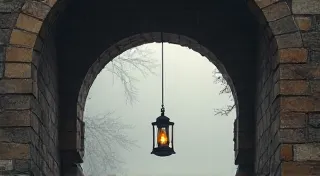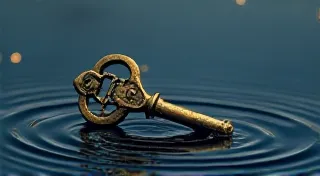The Collector’s Lexicon: A Glossary of Terminology Surrounding Antique Sewing Feet
There's a certain poetry to antique sewing machines. Not just in their mechanics – the beautifully engineered dance of needle and thread – but in the small, often overlooked, pieces that allow them to sing: the sewing machine feet. More than just tools, these diminutive attachments are windows into the ingenuity of a bygone era, testaments to skilled craftsmanship, and – for the dedicated collector – a fascinating puzzle to unravel. But venturing into this niche world requires understanding a specific language, a lexicon of terms that can initially feel daunting. This guide is your starting point, a companion to help you decipher the vocabulary surrounding antique sewing machine feet.
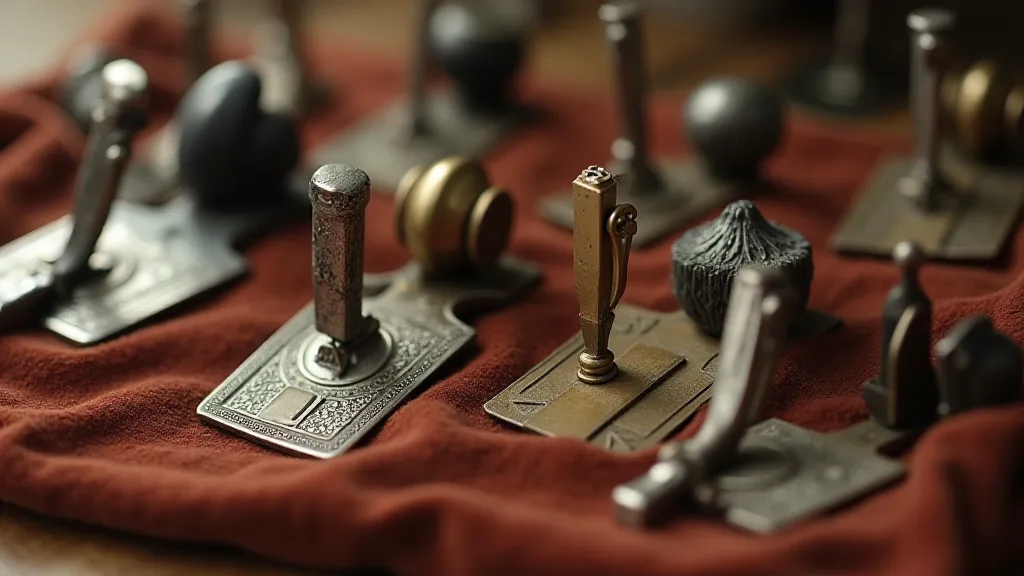
The Basics: Pressure, Shank, and Throat
Before we delve into specific foot types, let’s establish some foundational terms. The shank is arguably the most crucial. It's the cylindrical part that connects the foot to the machine's presser bar. Shank design is a primary identifying factor; different manufacturers and models used distinct shank shapes – round, square, slotted, or even unusually shaped – to ensure compatibility. Understanding shank fit is vital for collectors; a foot with an incorrect shank simply won't work.
The throat refers to the space beneath the needle, the area where the foot operates. Throat clearance – the amount of space available – is another significant factor, especially for those interested in vintage quilting or working with thicker fabrics. A foot designed for lightweight fabrics might not provide sufficient throat clearance for a bulky quilt.
Pressure, in this context, refers to the downward force exerted by the presser foot. Older machines often had simpler pressure adjustment mechanisms – if any. Many early machines relied on the operator's skill to regulate pressure, adding another layer of artistry to the sewing process.
Decoding the Foot Families: Zigzag, Gathering, and More
Now, let's explore the foot families. These aren’t strictly scientific classifications, but rather common groupings based on function and design. One of the most ubiquitous is the zigzag foot. While seemingly simple, the evolution of the zigzag foot is telling. Early versions were plain, functional pieces. As zigzag stitches gained popularity in the mid-20th century, feet became more specialized – some designed for satin stitches, others for blind hems, and still others for decorative zigzagging.
The gathering foot is a marvel of ingenuity. Designed to create ruffles and gathers with ease, it uses a unique mechanism to draw fabric together as it's sewn. Finding an original gathering foot in good condition is a joyful experience for any collector. I remember finding one at a flea market years ago, covered in grime but instantly recognizable. Cleaning it revealed the delicate craftsmanship – tiny gears and levers all working in harmony. It served as a tangible link to the seamstresses who relied on such tools decades before.
Then there's the buttonhole foot. These are notoriously complex, often incorporating intricate levers and guides to ensure perfectly formed buttonholes. Identifying buttonhole feet requires careful observation of the shank and foot design, as they often have unique features absent in other feet. Certain Singer models, for instance, had buttonhole feet with distinctive “spring tension adjusters” – tiny screws that allowed for fine-tuning of the stitch length.
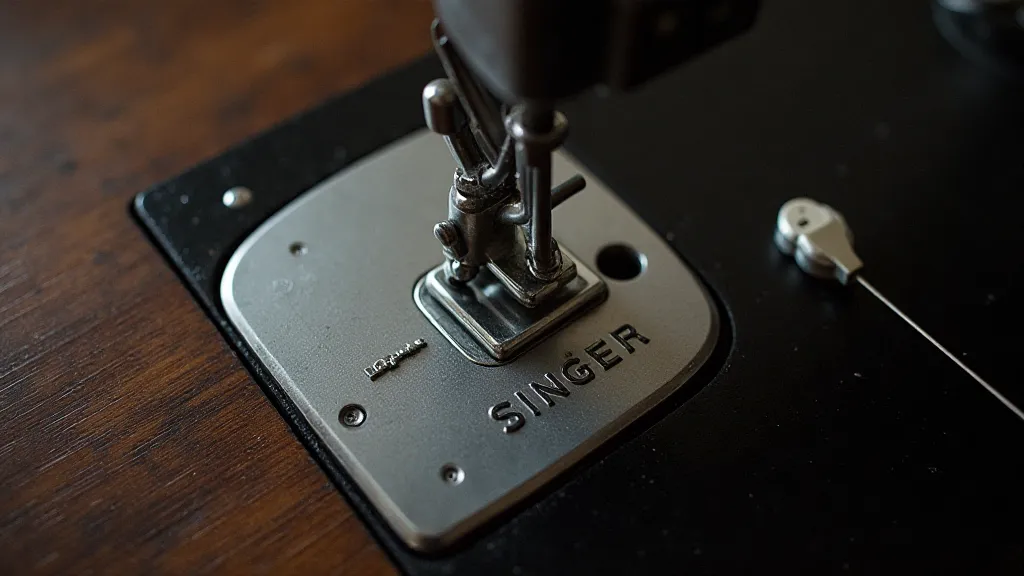
Shanks and Compatibility: The Great Compatibility Puzzle
Let’s return to the shank. Different manufacturers – Singer, Pfaff, Jones, and many others – employed various shank designs. While there were some shared standards (particularly with common round shanks), variations abound. A Singer “High-Low” shank, for instance, has a distinctive shoulder that differentiates it from a standard Singer round shank. Similarly, Pfaff machines often used square shanks with a unique locking mechanism.
The key to successful collecting is understanding the compatibility chart. These charts – often found on vintage sewing machine forums and collector websites – list the shank types associated with specific machine models. However, these charts aren’t always definitive. Modifications and aftermarket feet complicate the picture. It's common to find feet on older machines that are not original to that model, especially if the machine has been repaired or altered over the years.
Beyond Function: Decorative Feet and the Art of Embellishment
Beyond the functional feet – the zigzag, gathering, and buttonhole varieties – lies a world of decorative feet. These were often produced in greater numbers during the mid-20th century, as sewing became a more accessible hobby. While some were genuinely innovative, others were simply whimsical embellishments – feet with ruffled edges, brightly colored plastic trims, or even tiny, molded animals attached to the foot.
These decorative feet often lack precise identification markings, making them challenging to categorize. Their value often rests on their aesthetic appeal and rarity – a well-preserved foot with an unusual design can be surprisingly desirable to collectors.
Preservation and Restoration: Caring for a Piece of History
Caring for antique sewing machine feet requires a delicate touch. Avoid harsh chemicals and abrasive cleaners. Gentle soap and warm water are usually sufficient for removing grime and dirt. Rust can be a significant problem, particularly with steel feet. Specialized rust removers can be effective, but always test them in an inconspicuous area first.
Restoration is a personal choice. Some collectors prefer to preserve the original patina, believing that it tells a story. Others prefer a pristine appearance. Ultimately, the goal is to handle these delicate artifacts with respect and appreciation – recognizing that they are tangible links to a rich and fascinating history. The quiet hum of a restored antique sewing machine, its foot dancing across the fabric, is a testament to the ingenuity and artistry of generations past.
